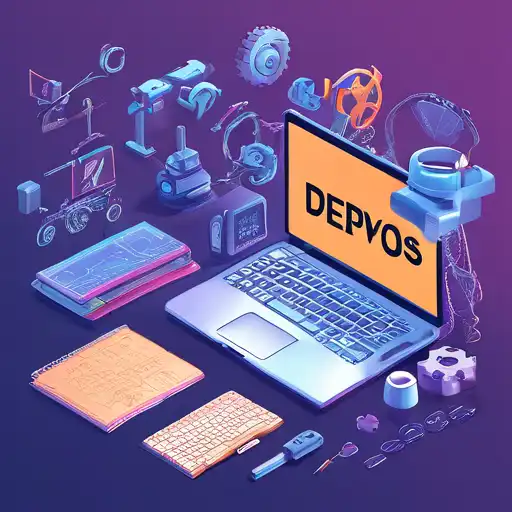Introduction to DevOps in 2023
As we step into 2023, the DevOps landscape continues to evolve, bringing forward tools that streamline software development, deployment, and operations. This guide highlights the essential DevOps tools you need to know to stay ahead in the fast-paced world of technology.
1. Continuous Integration and Continuous Deployment (CI/CD) Tools
CI/CD pipelines are the backbone of DevOps practices. Tools like Jenkins, GitLab CI, and GitHub Actions automate the software release process, ensuring faster and more reliable deployments.
2. Infrastructure as Code (IaC) Tools
Managing infrastructure has never been easier with IaC tools. Terraform and Ansible allow teams to define and provision infrastructure using code, reducing manual errors and improving efficiency.
3. Containerization and Orchestration Tools
Containers have revolutionized how applications are deployed. Docker remains the go-to for containerization, while Kubernetes excels in orchestrating containerized applications at scale.
4. Monitoring and Logging Tools
Visibility into applications and infrastructure is crucial. Tools like Prometheus for monitoring and ELK Stack for logging help teams identify and resolve issues proactively.
5. Collaboration and Communication Tools
DevOps is as much about culture as it is about tools. Platforms like Slack and Microsoft Teams enhance team collaboration, ensuring smooth communication across departments.
Why These Tools Matter
Adopting these DevOps tools in 2023 can significantly improve your team's productivity, reduce time-to-market, and enhance the quality of your software products. By automating repetitive tasks, teams can focus on innovation and delivering value to customers.
Getting Started with DevOps Tools
For those new to DevOps, starting with one tool at a time is advisable. Begin with CI/CD tools to automate your build and deployment processes, then gradually incorporate other tools as your team becomes more comfortable with DevOps practices.
Conclusion
The DevOps tools landscape in 2023 offers a plethora of options to streamline and optimize software development and operations. By leveraging these tools, organizations can achieve greater efficiency, reliability, and speed in their software delivery processes.
